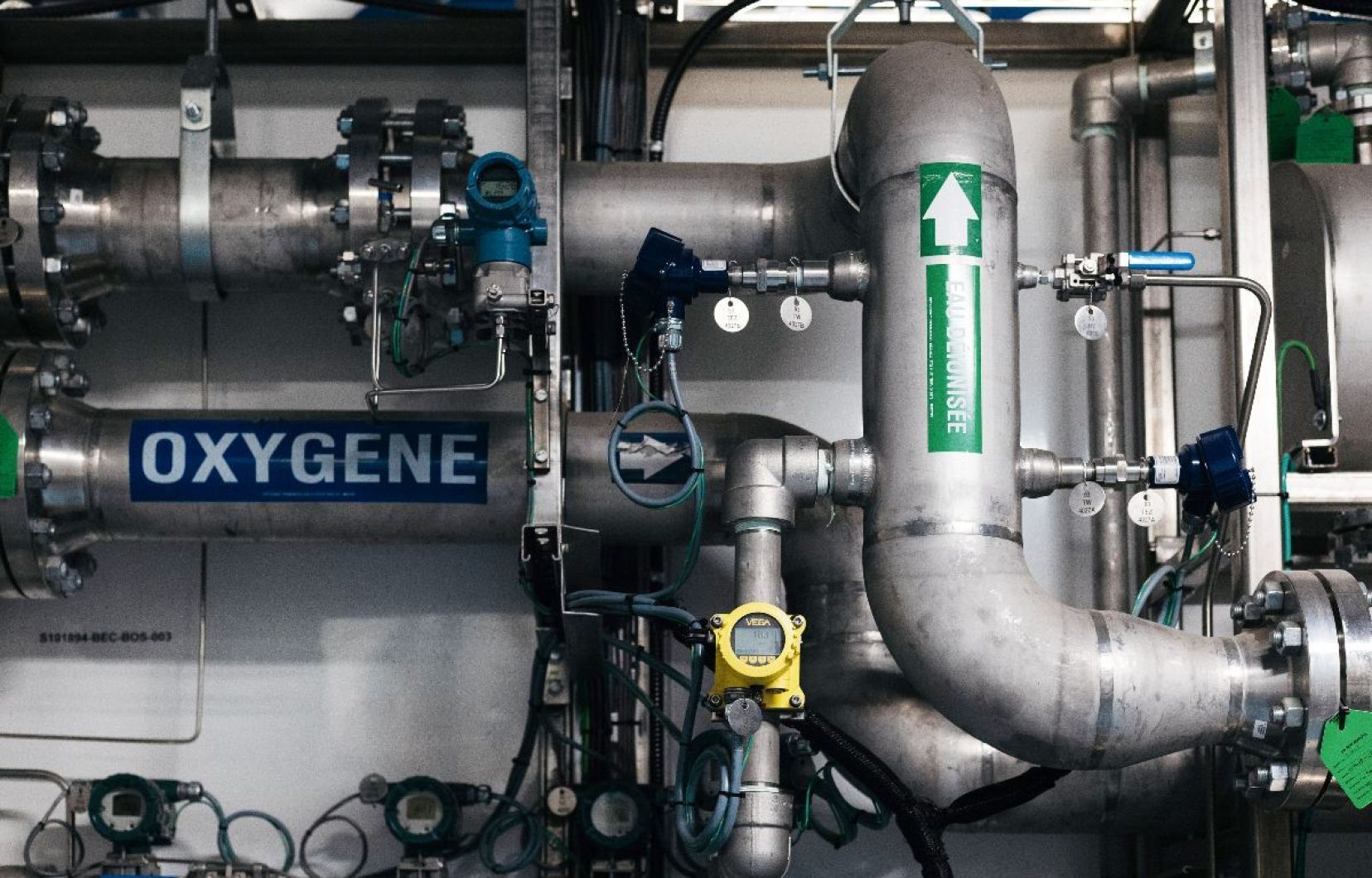This text is taken from Courrier de la planete. To subscribe, click here.
While we constantly talk about major “energy transition” projects in Quebec, smaller initiatives go under the radar. An example? Charbone, a Quebec company founded in 2019, is preparing to launch the construction of its first green hydrogen production facilities in Sorel-Tracy.
“Our intention is to produce one ton per day, then two tons per day, then to grow with demand,” explains Daniel Charette, the operations manager. “We don’t want to propose a megaproject that would take three years to get on track. »
Electrolyser, compressors, cylinders: the equipment for the small factory is ready. The company holds its certificate of authorization from the Ministry of the Environment. The first shovelful of earth will take place within a few weeks, assures Mr. Charette.
In the world of energy transition, green hydrogen is unleashing passions. This molecule is essential to many industrial processes — in metallurgy and for the synthesis of fertilizers, for example. For the moment, 99% of global hydrogen production (nearly 100 million tonnes per year) is produced from fossil energy. To eliminate our greenhouse gas emissions, we will need to replace this “gray” hydrogen with “green” hydrogen, generated by renewable energy.
However, producing green hydrogen by splitting water molecules creates significant losses: from 25% to 40% of the electricity used, depending on the scenario. Experts therefore fear that the renewable energy swallowed up by green hydrogen producers will be wasted if, in the end, it is not the industries impossible to electrify which buy the molecule.
Sobering up the industry
At Charbone, we want to sell green hydrogen to current consumers of gray hydrogen. The benefits, in terms of decarbonization, will therefore be direct. We will deliver the hydrogen to them by truck.
In 2023, the largest producers of gray hydrogen in Quebec were the Suncor (176 tonnes/day) and Valero (96 tonnes/day) refineries, as well as the steelmaker ArcelorMittal (160 tonnes/day). Air Liquide was the largest producer of green hydrogen, with 8 tonnes/day. At Charbone, we want to sell green hydrogen to current consumers of gray hydrogen. The benefits, in terms of decarbonization, will therefore be direct. We will deliver the hydrogen to them by truck.
In an interview, Mr. Charette lists his potential clients: semiconductor manufacturers (like IBM, in Bromont), aircraft parts manufacturers (like Pratt&Whitney, in Longueuil, and Rolls Royce, in Montreal), companies that do heat treatment, plasma coating, etc.
We are not talking here about particularly ecological industries that embrace the philosophy of “sobriety”. But, like the rest of the economy, they will have to decarbonize, thinks the businessman.
Charbone is targeting a niche market, where customers will be willing to buy small quantities of carbon-free hydrogen for more money. It has little interest in fertilizer producers, who need large quantities at low prices.
The first phase of Charbone’s installations in Sorel-Tracy will have a power of 0.5 megawatt (MW) — the equivalent of 300 small electric heaters. This is very little in the industrial world. But the promoter plans to carry out four additional phases, for a total power of more than 20 MW.
A question of power
Obtaining greater power, however, proves complicated. Since winter 2023, connections of 5 MW and more must obtain the green light from the Quebec government. Last year, Charbone made a request for 28 MW in five phases (from 2023 to 2028), but was refused.
For the listed company, it becomes difficult to develop long-term plans beyond 5 MW. “We have no predictability,” laments Mr. Charette, who plays in the same league as TES Canada’s hydrogen megaproject, in Mauricie (1,150 MW, including 150 MW from Hydro-Québec).
The entrepreneur would also like to know the exact reasons for the government’s refusal, in order to be more successful next time. Charbone sent a new power request this year.
The young company is not only dreaming of Quebec: it is developing projects in Nova Scotia, Manitoba, Michigan, etc. Charbone also wants to boost container handling in ports with its hydrogen. “We want to deploy a network of 16 green hydrogen plants in Canada and the United States,” summarizes Mr. Charette.
Will Little Train go far?
